Earls Hole Method of Growing Tomatoes
earl
17 years ago
Related Stories

EDIBLE GARDENSSummer Crops: How to Grow Tomatoes
Plant tomato seedlings in spring for one of the best tastes of summer, fresh from your backyard
Full Story
FARM YOUR YARD6 Things to Know Before You Start Growing Your Own Food
It takes time and practice, but growing edibles in the suburbs or city is possible with smart prep and patience
Full Story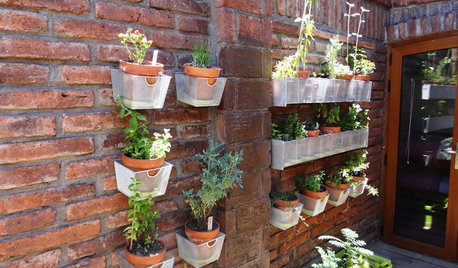
EDIBLE GARDENSHouzz Call: Where Are the Craziest Places You Grow Edibles?
Basil in a bathtub, spinach stacked up a wall ... If your edibles occupy an odd spot, we’d like to know
Full Story
FARM YOUR YARDHow to Grow Vegetables in Containers
Get glorious vegetables and fruits on your patio with a pro’s guidance — including his personal recipe for potting mix
Full Story
SUMMER GARDENINGHow to Grow Basil
Bright color, quick growth and endless uses for cooking make this summer annual a winner in the garden or a pot
Full Story
FARM YOUR YARD10 Easy Edibles to Grow in Containers
These herbs, vegetables and fruits are just as happy in a pot as they are in the ground
Full Story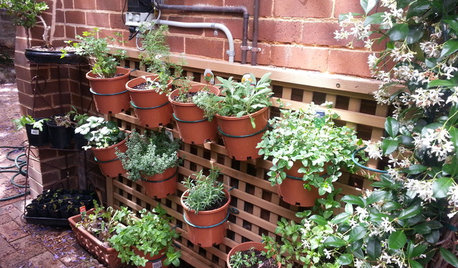
FARM YOUR YARD14 Crazy Places to Grow Edibles
Some Houzzers may lack ground for gardening, but they’re never short on imagination
Full Story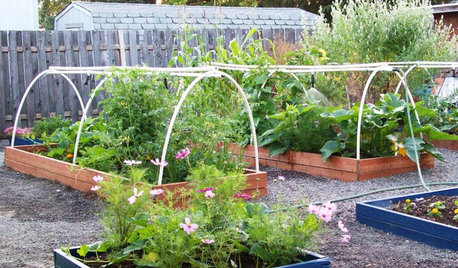
FARM YOUR YARDHow to Grow the Edible Garden That’s Right for You
Choosing the vegetables you want to plant this year will be easier if you keep a few guidelines in mind
Full Story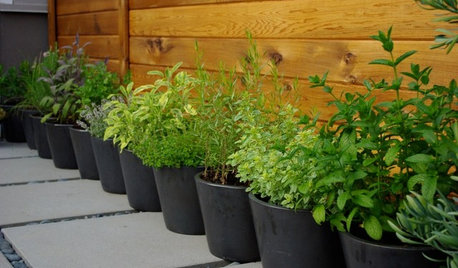
GARDENING GUIDES6 Ways to Grow Edibles in Small Places
No big backyard? Join in the grow-your-own fun with these small-space ideas for planting vegetables, fruits and herbs
Full Story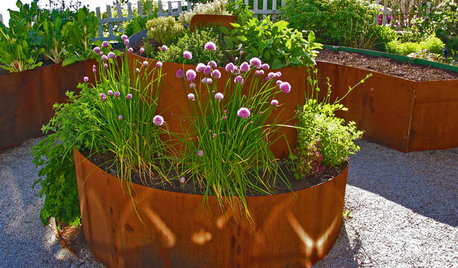
URBAN GARDENSContainers Make Growing Edibles a Cinch
If life hands you a lack of land, grow lemons — with a few basics, you can proudly reap the fruits, veggies and herbs of your labor
Full StorySponsored
More Discussions






curlytater480
digdirt2
Related Professionals
Columbine Landscape Contractors · Garland Landscape Contractors · Pikesville Landscape Contractors · Suitland Landscape Contractors · Suisun City Landscape Contractors · Hainesport General Contractors · Arlington General Contractors · Athens General Contractors · Melville General Contractors · Redan General Contractors · University Park General Contractors · Cary Decks, Patios & Outdoor Enclosures · Livingston Decks, Patios & Outdoor Enclosures · Meridian Decks, Patios & Outdoor Enclosures · San Diego Decks, Patios & Outdoor Enclosureskorney19
the666bbq
kurt_amundo
korney19
doof
korney19
doof
fusion_power
tomatod
tom8olvr
rlr1
tomatogreenthumb
digdirt2
northernmich
mawkhawk
northernmich
tomakers
tom8olvr
quercus_macrocarpa
tomatod
shelbyguy
quercus_macrocarpa
HoosierCheroKee
sneezer2
seedboy
earlOriginal Author
tbt3
dave1mn2
wyndell
jel7
code_1_corey
geeboss
marymilkweed
jbann23
sprager
roselane
digdirt2
sio2rocks
harveyhorses
homegardenpa
capoman
jeep2765
Ohiofem 6a/5b Southwest Ohio
jeep2765
soonergrandmom
butchfomby
Mary4b
growneat